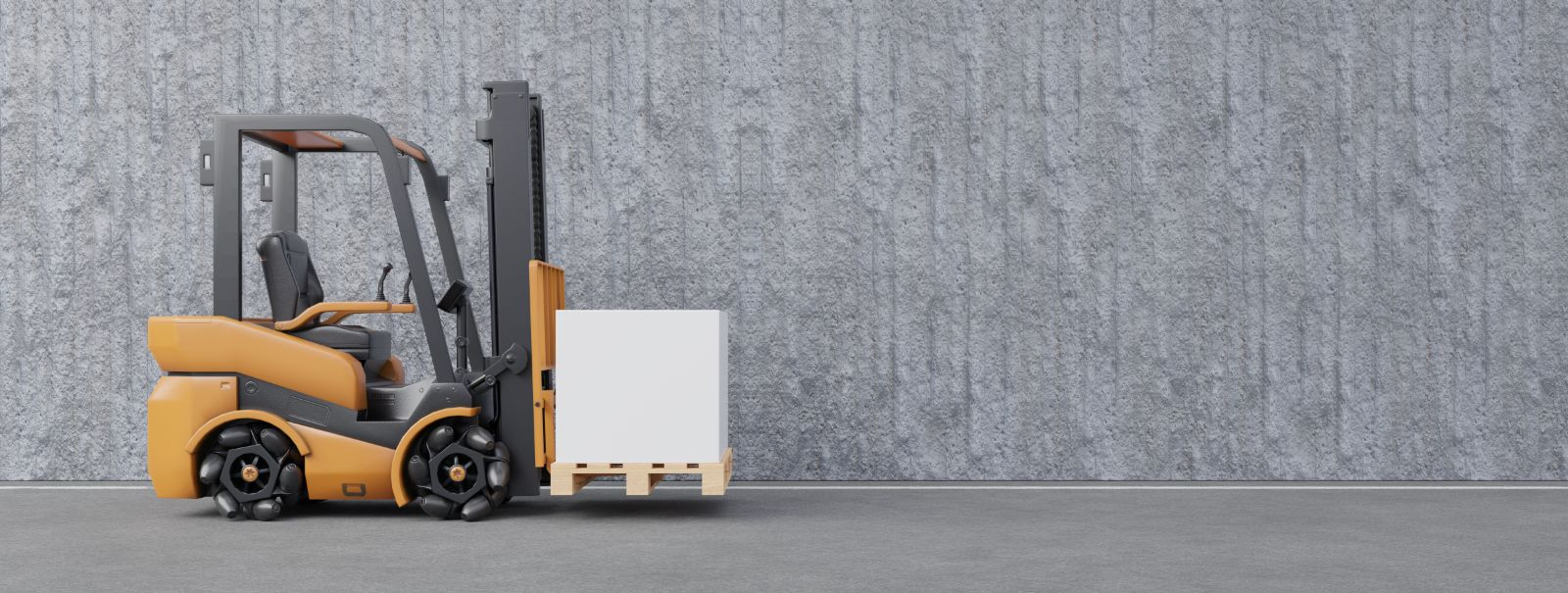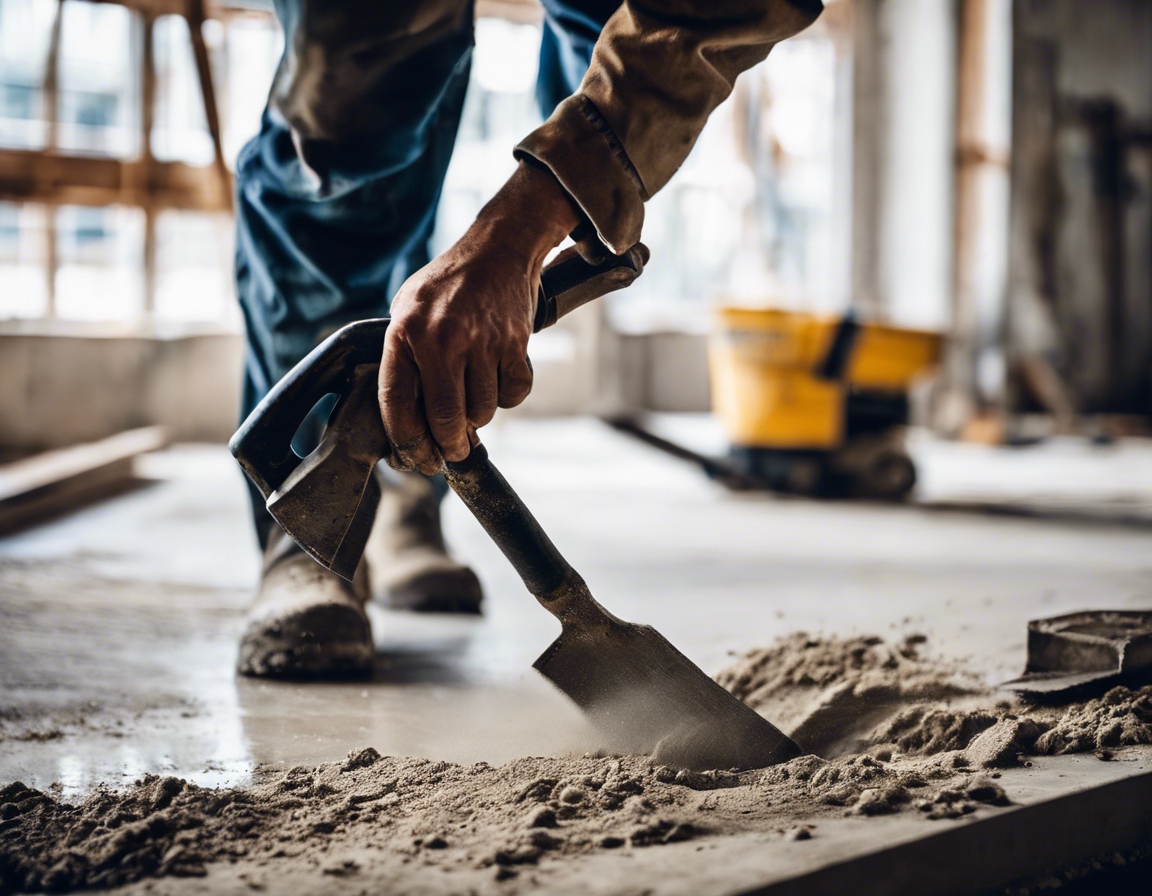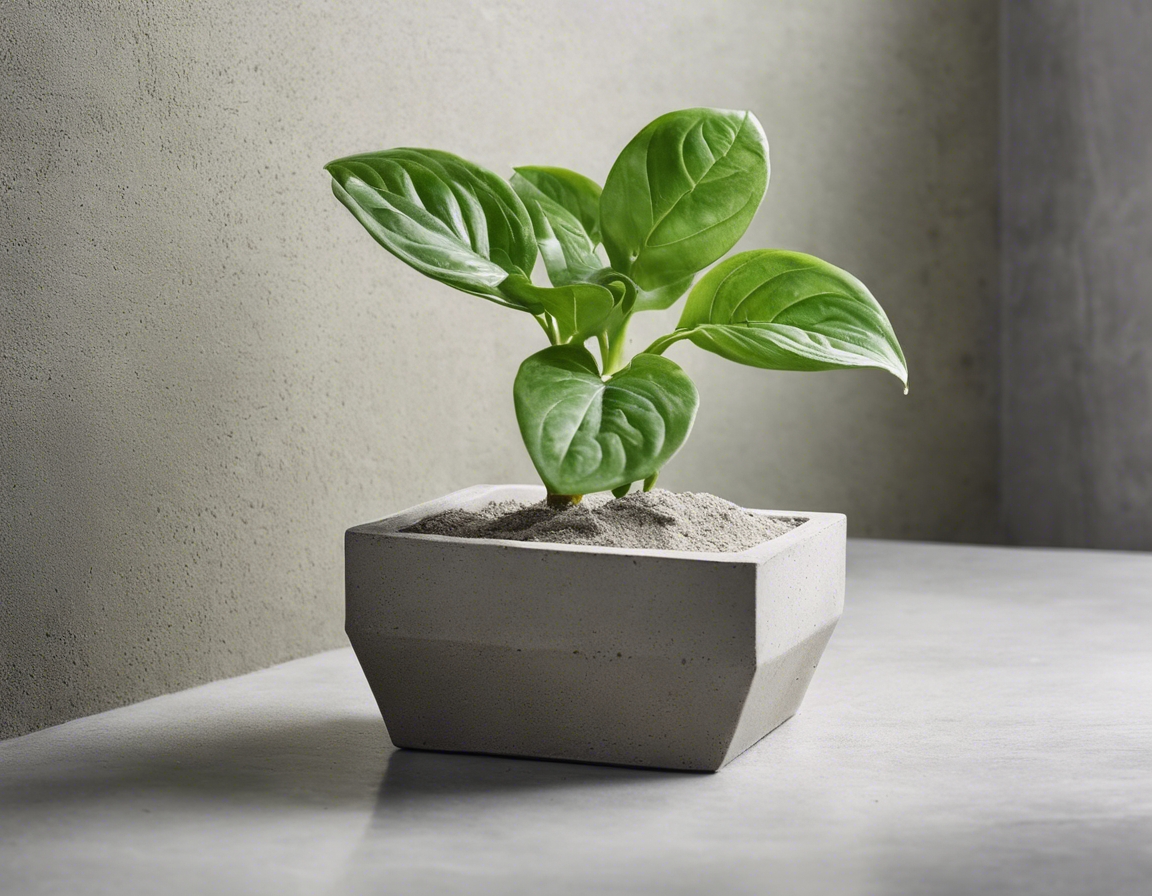The future of concrete: eco-friendly and durable solutions
The construction industry stands at a crossroads of progress and sustainability. As the world becomes increasingly aware of the environmental impact of building materials, the demand for eco-friendly solutions has never been higher. Concrete, the backbone of modern infrastructure, is under scrutiny for its carbon footprint, prompting a shift towards greener alternatives.
Traditional concrete production is a significant source of CO2 emissions, contributing to global warming and climate change. The extraction of raw materials also leads to resource depletion and environmental degradation. These challenges necessitate a rethinking of concrete formulations and production methods.
Innovations in Eco-Friendly Concrete
Green concrete is a revolutionary approach that incorporates recycled materials and reduces the environmental impact of construction. It offers benefits such as lower CO2 emissions, reduced energy consumption, and conservation of natural resources.
Researchers and industry experts are exploring the use of alternative materials like fly ash, slag, and recycled aggregates to replace traditional cement and aggregates. These materials not only reduce the environmental impact but also enhance the properties of concrete.
Carbon capture and utilization (CCU) technologies are emerging as a game-changer in the concrete industry. By capturing CO2 emissions from industrial processes and utilizing them in concrete production, CCU contributes to a circular economy and reduces the overall carbon footprint.
Enhancing Durability for Sustainable Construction
Self-healing concrete incorporates materials that react with water and air to repair cracks and enhance durability. This innovation extends the lifespan of concrete structures, reducing the need for repairs and maintenance.
High-performance concrete mixes are designed to meet specific requirements such as high strength, durability, and resistance to environmental factors. These mixes often include supplementary cementitious materials and chemical admixtures to achieve desired properties.
Smart concrete technologies integrate sensors and other devices to monitor the health of concrete structures in real-time. This allows for proactive maintenance and ensures the longevity of the infrastructure.
Adoption and Implementation Challenges
While eco-friendly concrete offers numerous benefits, cost remains a significant barrier to widespread adoption. The initial investment in green materials and technologies can be higher than traditional methods, though long-term savings and environmental benefits often justify the cost.
Regulations and standards play a crucial role in the adoption of eco-friendly concrete. The industry must navigate complex regulatory landscapes to ensure compliance while promoting sustainable practices.
For eco-friendly concrete to become mainstream, the construction industry must embrace change. This requires education and training to understand the benefits and proper implementation of sustainable concrete solutions.






Comments (0)